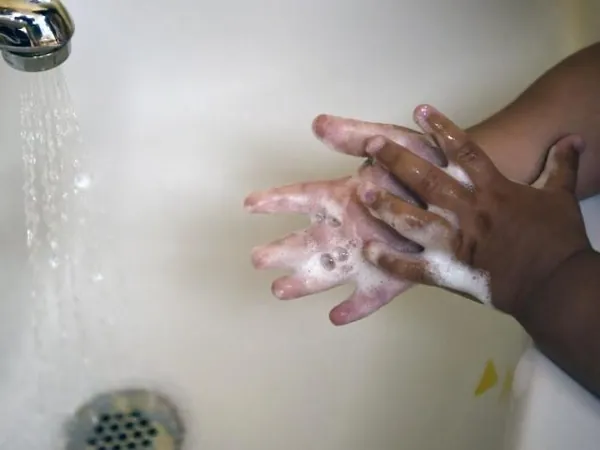
The Hidden Struggles of Seasonal Affective Disorder: More Than Just Winter Blues
2025-01-11
Author: Chun
Understanding Seasonal Affective Disorder (SAD)
SALT LAKE CITY — Did you know that up to 5% of the American and Utah population suffers from Seasonal Affective Disorder (SAD)? This often overlooked form of depression can have dire consequences if left untreated, according to experts. Although many dismiss it as mere "winter blues," SAD manifests more severely, resulting in a significant impact on daily life.
Symptoms and Consequences
Symptoms include changes in sleep patterns—either oversleeping or insomnia, loss of interest in previously enjoyable activities, chronic fatigue, reduced appetite, and a pervasive feeling of sadness. As the seasons shift and daylight diminishes, many individuals may find themselves grappling with these emotional struggles, making it crucial to seek medical assistance or therapy.
Expert Insights
Dr. Jason Hunziker, a psychiatrist at the University of Utah Health, emphasizes the seriousness of the disorder: “When days get shorter and darker, many start feeling hopeless, helpless, and in extreme cases, suicidal.” The geographical location also plays a critical role; residents of states like Utah experience a higher risk for SAD compared to sunnier Florida due to shorter daylight hours.
Stigma and Misunderstanding
The stigma surrounding mental health is evolving; while awareness and education about mental health issues have increased, a concerning trend has emerged—treating mental health conditions lightly. People frequently throw around terms like “OCD” or “bipolar” without fully understanding their implications. This has led to many misinterpreting symptoms of SAD as simply being seasonal irritability.
Support Networks
Due to this misunderstanding, individuals diagnosed with SAD may feel isolated. However, support is available through peer groups, such as those offered by Utah's chapter of the National Alliance of Mental Illness (NAMI). These virtual support groups allow individuals to share experiences and coping strategies from the safety of their homes. Since the COVID-19 pandemic, these online sessions have remained a vital resource, helping participants realize they are not navigating their struggles alone.
Effectiveness of Support Groups
“Evaluation data shows that the online groups are just as effective as in-person meetings,” said Robin Holcomb, interim executive director of NAMI Utah. People often express relief upon discovering the shared nature of their experiences.
Treatment Options
For treatment, various options exist, including pharmaceutical antidepressants and recommendations for increasing physical activity, which has proven beneficial for alleviating symptoms. Furthermore, while not FDA-approved, light therapy lamps emitting 10,000 lux can also offer relief, mimicking natural sunlight and combating the low energy and mood often associated with the disorder.
The Importance of Seeking Help
Expert consultation is vital for understanding and addressing SAD. Dr. Hunziker urges individuals to consult with medical professionals: “The longer symptoms persist, the more critical it becomes to seek help. There are ways to manage your symptoms, and you don’t have to go through this alone.”
Conclusion
Don’t let the winter blues take control of your life! If you or someone you know is struggling with symptoms of SAD, reach out for help and find a supportive community that understands your experiences.




 Brasil (PT)
Brasil (PT)
 Canada (EN)
Canada (EN)
 Chile (ES)
Chile (ES)
 Česko (CS)
Česko (CS)
 대한민국 (KO)
대한민국 (KO)
 España (ES)
España (ES)
 France (FR)
France (FR)
 Hong Kong (EN)
Hong Kong (EN)
 Italia (IT)
Italia (IT)
 日本 (JA)
日本 (JA)
 Magyarország (HU)
Magyarország (HU)
 Norge (NO)
Norge (NO)
 Polska (PL)
Polska (PL)
 Schweiz (DE)
Schweiz (DE)
 Singapore (EN)
Singapore (EN)
 Sverige (SV)
Sverige (SV)
 Suomi (FI)
Suomi (FI)
 Türkiye (TR)
Türkiye (TR)